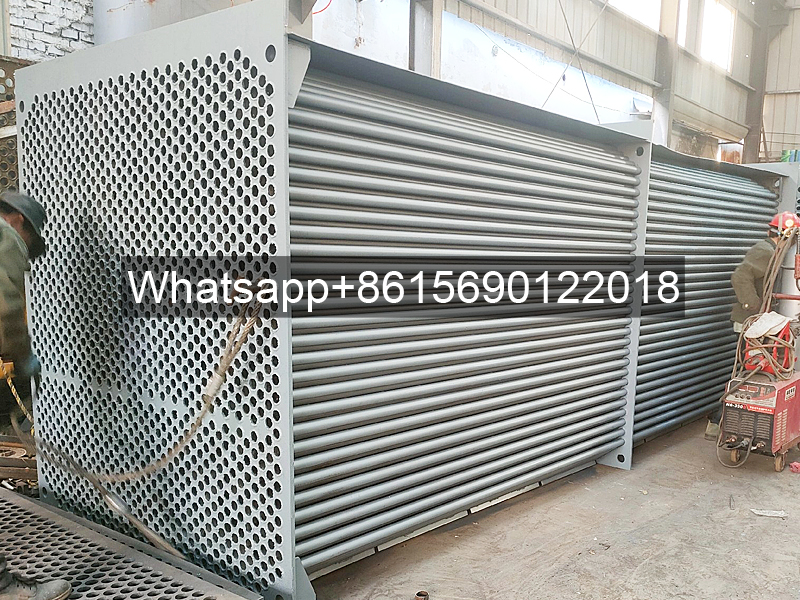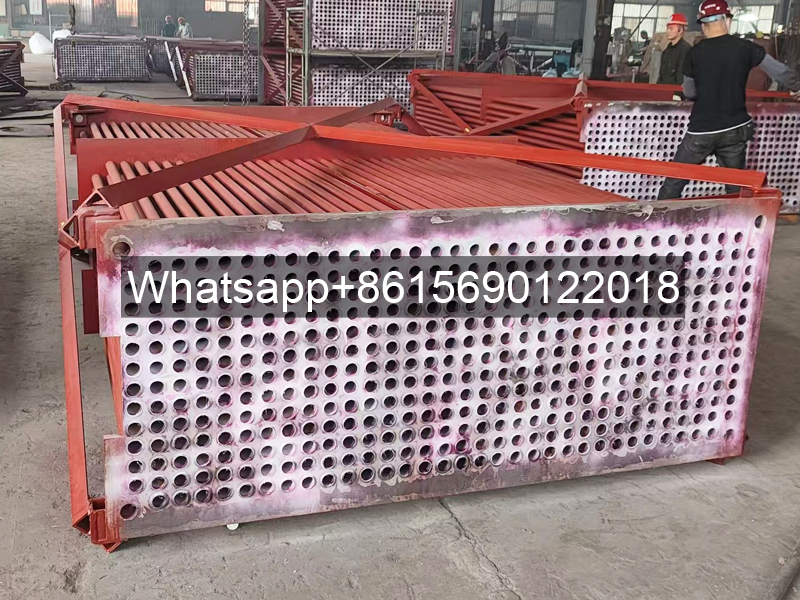The air preheater is a heating surface that preheats the flue gas in the flue at the tail of the boiler to a certain temperature through the internal heat sink. It is a device used to improve the heat exchange performance of the boiler and reduce energy consumption. Air preheaters are generally divided into three types: plate type, rotary type and tube type. The working principle of the air preheater is introduced by taking the rotary type as an example. A large amount of unburned combustibles will be deposited on the heat transfer element, which may cause the air preheater to catch fire. Therefore, the cause of the fire was analyzed, and the cause of the fire and the countermeasures were explained in detail; the trip analysis and air leakage control were also introduced in detail.
The air preheater is a preheating device that improves the heat exchange performance of the boiler and reduces heat loss. The function of the air preheater is to transfer the heat carried by the flue gas discharged from the flue at the tail of the boiler to the air before entering the boiler through the heat sink, and preheat the air to a certain temperature.
It is generally referred to as an air preheater. It is mostly used in coal-fired power station boilers. It can be divided into two types: tube box type and rotary type. The rotary type is further divided into wind hood rotary type and heating surface rotary type. Power station boilers often use heating surface rotary preheaters. The application in boilers is generally two-compartment, three-compartment, and four-compartment types, among which four-compartment is more commonly used in circulating fluidized bed boilers.
Call Us Today! Phone & Whatsapp number:008615690122018|info@datangpipe.com
- Home
- About Us
- DATANG Services
- Fin Tube
- Extruded Finned Tube
- Wound L/LL/KL/KLM Knurled L Type Finned Tube
- Embedded G Type Finned Tube
- Welded Fin Tube / Welding Finned Tube >>
- Spiral Crimped Fin Tube
- Low Finned Tube
- High Finned Tube
- Internally / Inner Finned Tube
- Elliptical Finned Tube,Oval fin tube
- Serpentine finned tube
- Electric Heating Fin Tube
- Copper Finned Tube
- Aluminum Finned Tube
- Heat Exchanger
- Copper Tube
- Fin Tube Machine
- Finned Tube Video
- News
- Contact Us
- Home
- About Us
- DATANG Services
- Fin Tube
- Extruded Finned Tube
- Wound L/LL/KL/KLM Knurled L Type Finned Tube
- Embedded G Type Finned Tube
- Welded Fin Tube / Welding Finned Tube >>
- Spiral Crimped Fin Tube
- Low Finned Tube
- High Finned Tube
- Internally / Inner Finned Tube
- Elliptical Finned Tube,Oval fin tube
- Serpentine finned tube
- Electric Heating Fin Tube
- Copper Finned Tube
- Aluminum Finned Tube
- Heat Exchanger
- Copper Tube
- Fin Tube Machine
- Finned Tube Video
- News
- Contact Us



